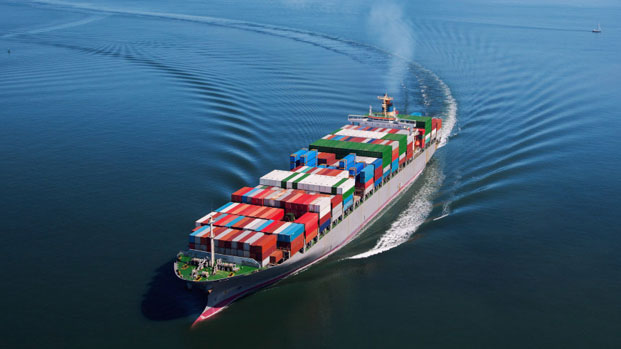+
Shipping from China to Oceania involves strategic planning due to the vast distances. Sea freight dominates as the most cost-effective and voluminous option, accommodating bulk shipments and heavy goods. Air freight offers a faster alternative for urgent, high-value, or perishable items, albeit at a higher cost. The choice between these methods depends on the specific needs regarding budget, cargo size, and delivery speed, ensuring efficient trade and connectivity between China and Oceania.
Air freight plays a critical role in connecting China with Oceania, offering a swift and reliable mode of transportation for goods requiring quick delivery across the vast distances separating these regions. Given the urgency associated with certain shipments, such as perishable goods, high-value electronics, and time-sensitive documents, air freight provides an indispensable solution. Major airports in China, including Beijing Capital International, Shanghai Pudong, and Guangzhou Baiyun, serve as key hubs for cargo flights heading to Oceania, linking to major destinations like Sydney, Auckland, and Wellington.
The speed of air freight allows businesses to maintain lean inventory levels and respond rapidly to market demands, a crucial advantage in today’s fast-paced economic environment. Additionally, air freight offers enhanced security for shipments, reducing the risk of damage and theft. Despite higher costs compared to sea freight, the value added by air freight in terms of speed and reliability makes it a vital component of trade and logistics between China and Oceania, supporting the flow of commerce and strengthening economic ties between the two regions.
Container shipping from China to Oceania offers numerous benefits, making it a preferred mode of transport for a wide range of goods. Firstly, it provides a highly efficient and cost-effective solution for transporting large volumes of merchandise. The standardized sizes of containers simplify the loading, unloading, and transfer processes across different modes of transport, from ship to rail or truck, enhancing the overall efficiency of the supply chain.
Moreover, container shipping ensures a higher level of security and safety for goods. Containers are sealed and locked, reducing the risk of theft, damage, or contamination during transit. This is particularly important for sensitive or high-value products.
Another significant advantage is the versatility of container shipping. Containers can carry a diverse array of goods, from raw materials and machinery to consumer products and perishables, accommodating the varied trade needs between China and Oceania.
Additionally, the widespread availability of container shipping services offers flexibility in scheduling and routing, enabling businesses to plan their logistics with greater predictability and reliability. This logistical advantage is crucial for maintaining the flow of trade and supporting economic ties between China and the Oceania region.
